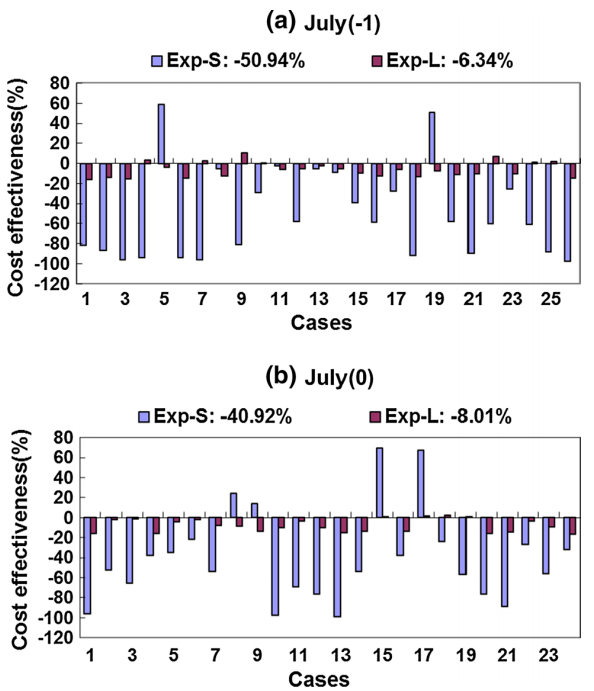State Key Laboratory of Numerical Modeling for Atmospheric Sciences and
Geophysical Fluid Dynamics (LASG)
Institute of Atmospheric Physics, Chinese Academy of Sciences

Vol. 2/No.2 April 2017
[Climate Predictability] Estimating observing locations for advancing beyond the winter predictability barrier of Indian Ocean dipole event predictions
Although observational network has been developed in the Indian Ocean, the low resolution of the current observations in the tropical Indian Ocean is still a limitation to forecastthe Indian Ocean dipole (IOD). Errors in the initial fields due to the sparse availability of observation dataprobably cause the occurrence of winter predictability barrier (WPB) of IOD.Considering that collecting observational data over the vast Indian Ocean is costly and not easy to implement, a strategy called targeted observations may be an effective solution to improve the forecast skill. The key question of targeted observations is to explore the observing location (i.e., the sensitive areas) for advancing beyond the WPB of IOD predictions.
Recently, Dr. Feng Rong (Institute of Atmospheric Physics), Prof. DuanWansuo(Institute of Atmospheric Physics) and Prof. Mu Mu (Fudan University) have explored potential observing locations of IODto advance beyond the WPB.By conducting sensitivity analysis, they identified that the initial errors with an east–west dipole pattern are more likely to result in a significant WPB than spatially correlated noises. Furthermore, the prediction uncertainties are more sensitiveto initial errors in the areas where the large values of the dipole pattern initial errors are located, i.e., the subsurface in theeasterntropical Indian Ocean. This indicates that these areas are the sensitive areas for advancing beyond the WPB of IOD predictions. If we carry out intensive observations across these areas, the prediction errors in winter may be largely reduced, leading to large improvements in the skill of wintertime IOD event forecasts.

Figure 1 The cost effectiveness of each individual case in Exp-S (in which errors over small areas are eliminated from the whole initial errors) and Exp-L (in which errors over large areas are eliminated from the whole initial errors) for (a) start month July (–1) (where “–1” indicates the year preceding the IOD year); and (b) start month July (0) (where “0” indicates the IOD year); the numbers above each graph are the average mean of the cost effectiveness in Exp-S and Exp-L.
This study is published in Climate Dynamics (doi: 10.1007/s00382-016-3134-3).
Reference:Rong Feng, WansuoDuan, and Mu Mu, 2016: Estimating observing locations for advancing beyond the winter predictability barrier of Indian Ocean dipole event predictions. Climate Dynamics, doi: 10.1007/s00382-016-3134-3.
Contact:DuanWansuo,duanws@lasg.iap.ac.cn
E-mail: lasg_newsletter@lasg.iap.ac.cn
Editors: Chuanyi Wang (wangcy@lasg.iap.ac.cn), Kangjun Chen(ckj@lasg.iap.ac.cn)